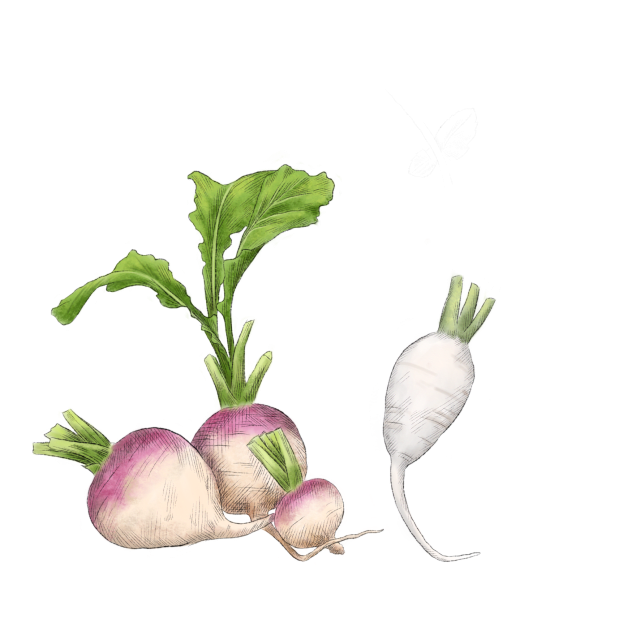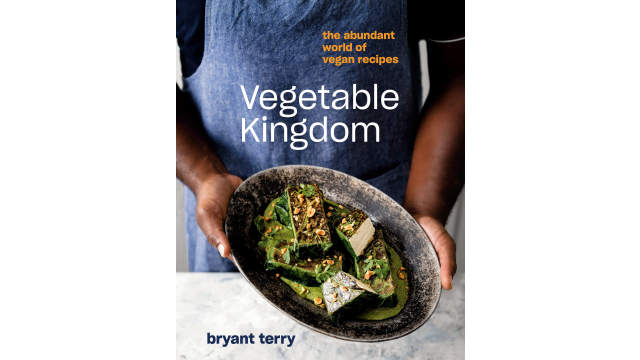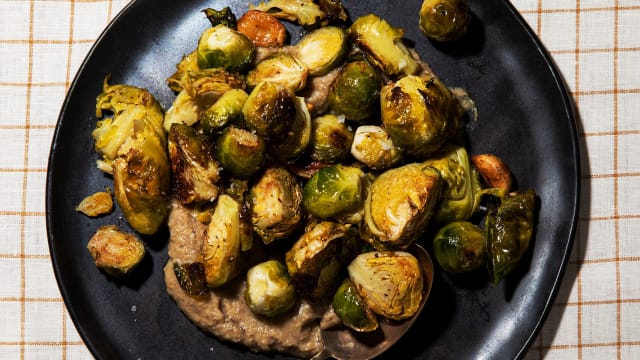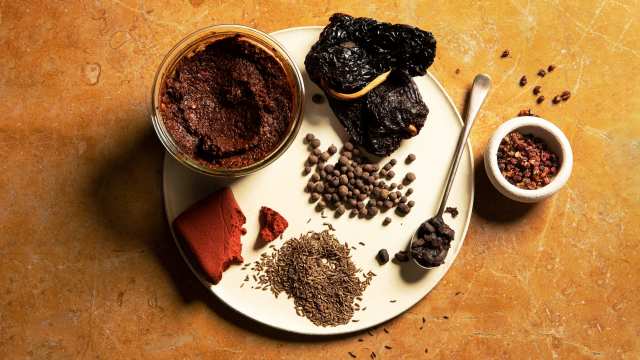Rutabaga
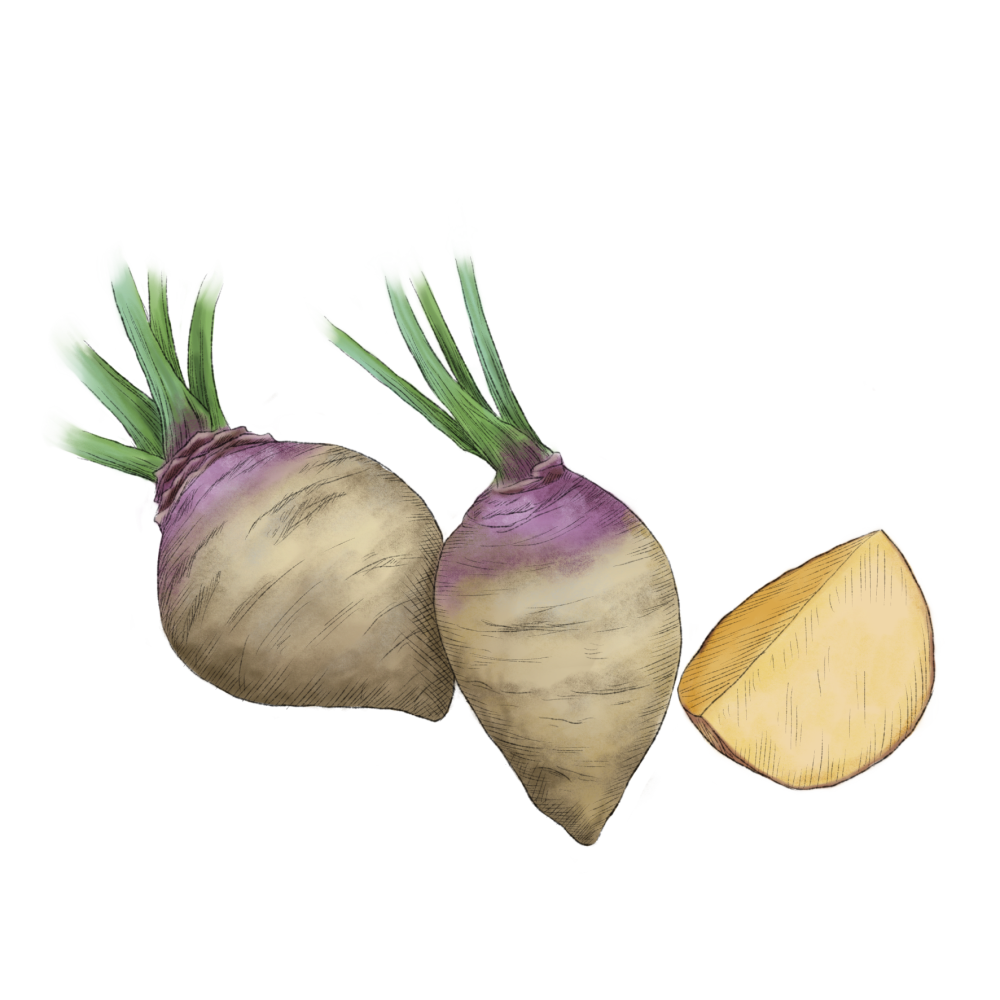
Latin name: Brassica napus
Other names: swede, neep
Uses: root vegetable
What are rutabagas?
Rutabagas are closely related to turnips — they’re actually a cross between turnips and cabbage. Like turnips, rutabagas are round and tinged with purple, but a rutabaga is larger, with sweeter, yellowish flesh that deepens in color as it cooks. (In Ireland rutabagas are called turnips, which adds to the confusion.)
Why are rutabagas healthy?
Like all their cruciferous cousins, rutabagas are immensely healthy: high in fiber and vitamin C, and full of minerals like calcium, magnesium, and potassium. They contain powerful antioxidants like carotenoids, and sulfur compounds called glucosinolates. Besides giving them their characteristic flavor, glucosinolates have been shown to reduce or inhibit the growth of some cancers.
What do rutabagas taste like?
A rutabaga has a flavor not unlike a turnip, though it has denser, sweeter flesh that makes it a fine stand-in for potatoes. Like its cruciferous kin, rutabaga contains sulfur compounds that lend it a slight cabbage aroma and mustardy pungency.
Where do rutabagas grow?
Rutabagas likely originated in Sweden (hence their British name “swede”) as a wild cross between turnip and cabbage; they were first noted in the 17th century by a Swiss botanist. They’re still largely grown in the same neck of the woods — notably in Netherlands and Germany — though many older Germans have bad memories of subsisting on rutabagas during postwar food shortages.
How do I use rutabagas?
Like most root vegetables, rutabagas are excellent deep-fried, roasted, and mashed; they’re great as a standalone item but they also play nicely with fellow earth-dwellers potato, celeriac, and sweet potato. If you use them as a french fry, don’t be afraid to season them aggressively — they’ll be just as delicious with a spiced fruit chutney as they will a garlicky aioli.
What do rutabagas pair well with?
Season rutabagas as you would sweet potatoes: either lean into the earthy sweetness with honey, maple syrup, ginger, and dried fruit, or use savory flavor complements like shallots, chives, thyme, rosemary, and sage. Either way, use plenty of butter. And like other autumn foods, rutabagas are a natural match for apples, pears, winter squash, and nutty-sweet cheeses like Gruyère and Asiago.
How to buy rutabagas:
Look for firm specimens that are heavy for their size and try to select rutabagas under 4” in diameter, or they can be woody. Keep them in a root cellar or the drawer of your fridge and they’ll keep for up to a month.
Fun rutabaga fact:
Before pumpkins (an American crop) became widely available in Europe, at Halloween people carved rutabagas and/or turnips into jack-o’-lanterns to ward off evil spirits. They must have been effective, too — rutabaga jack-o’-lanterns are truly terrifying to behold.
